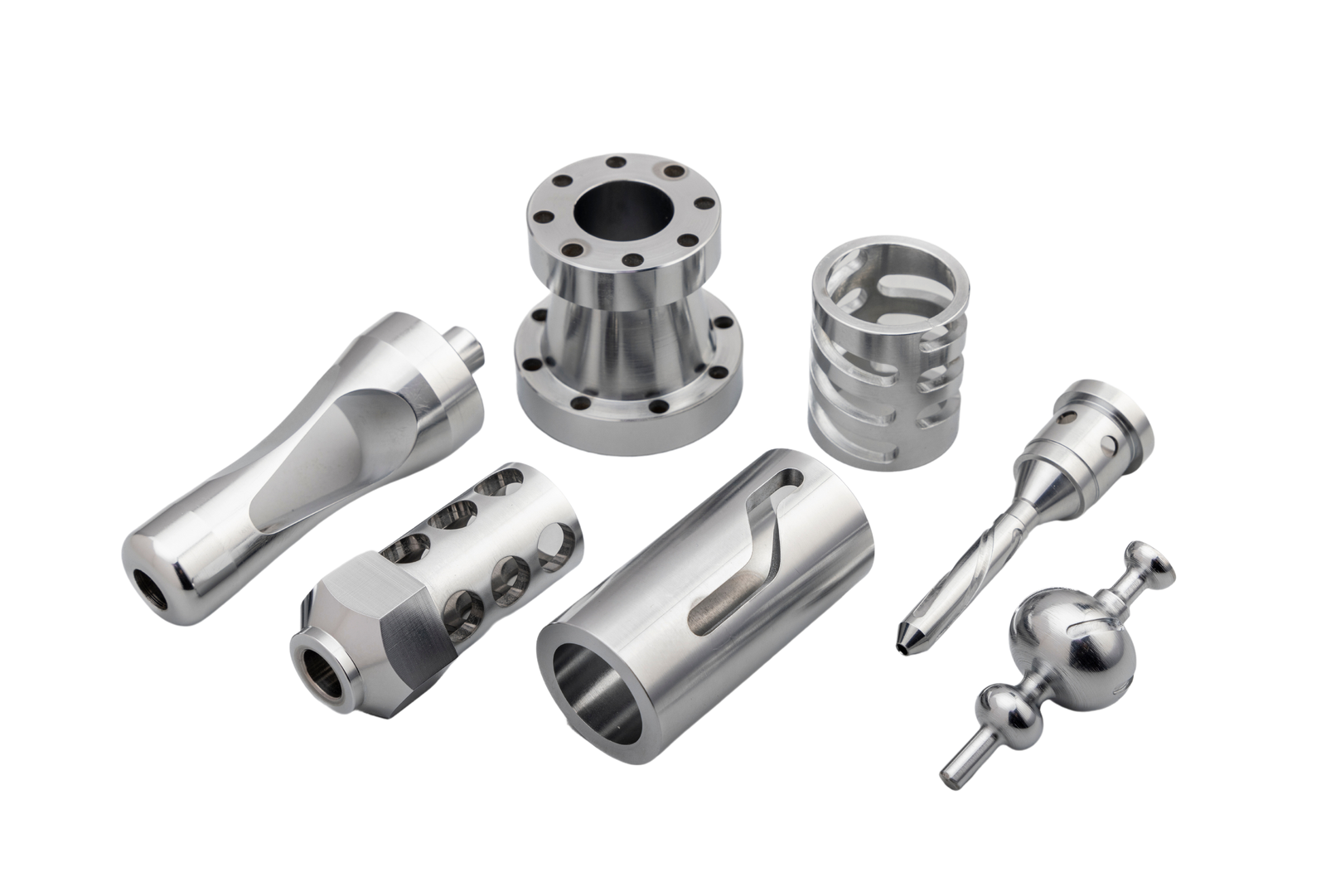























Unlock Tailored 3D Solutions That Drive Efficiency, Innovation, and Precision

Sub-millimeter precision for critical components.
From scan to model in days, not weeks.
Customisable for prototypes, reverse engineering, or full-scale production.
Model to manufacture.

Scan anything from delicate relics to industrial machinery with non-contact, high-speed precision. With custom data outputs for CAD, VR/AR, or compliance reporting, ensuring actionable intelligence. For one-off projects or ongoing enterprise needs.


